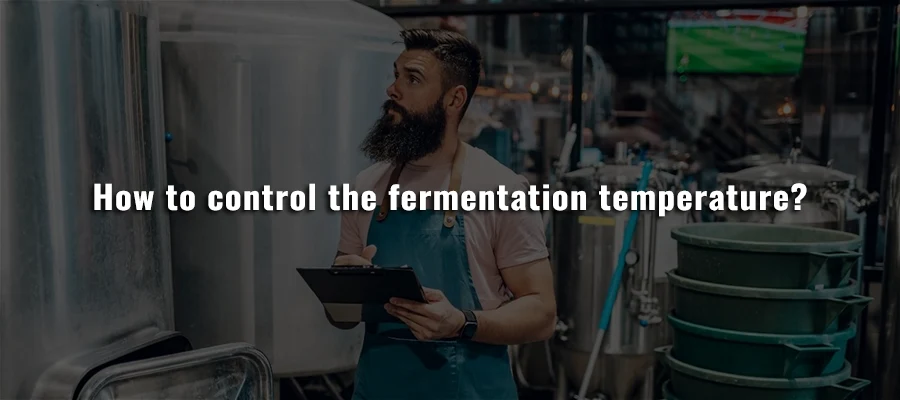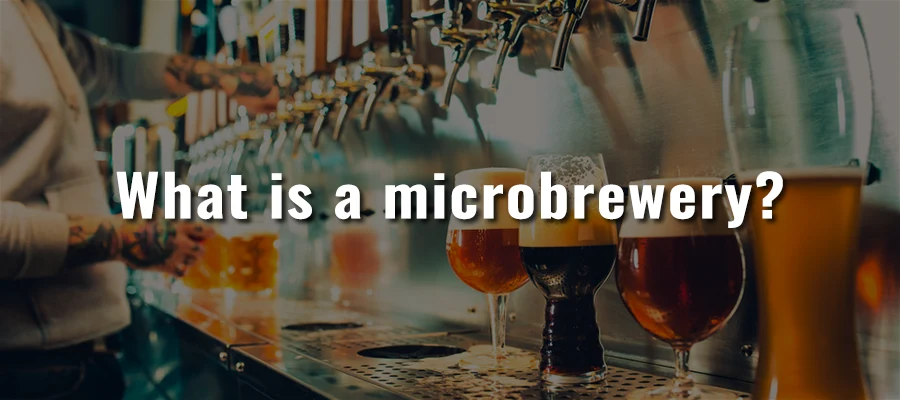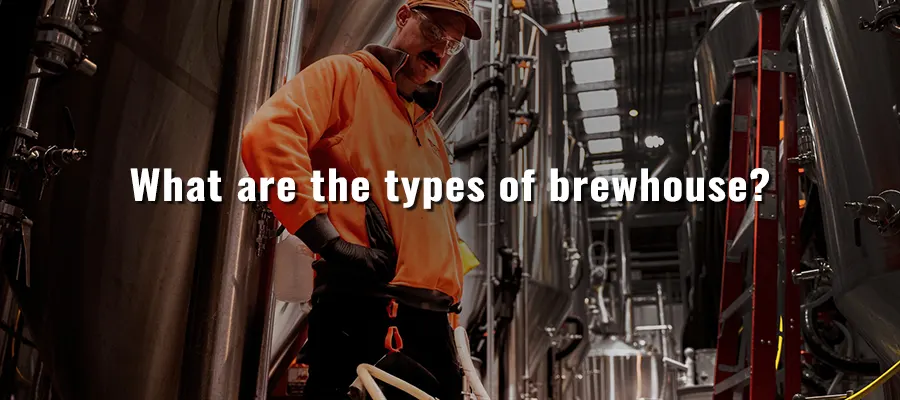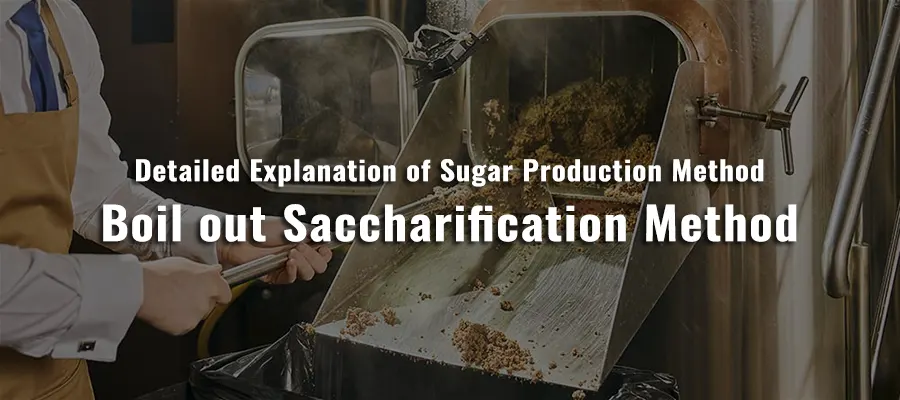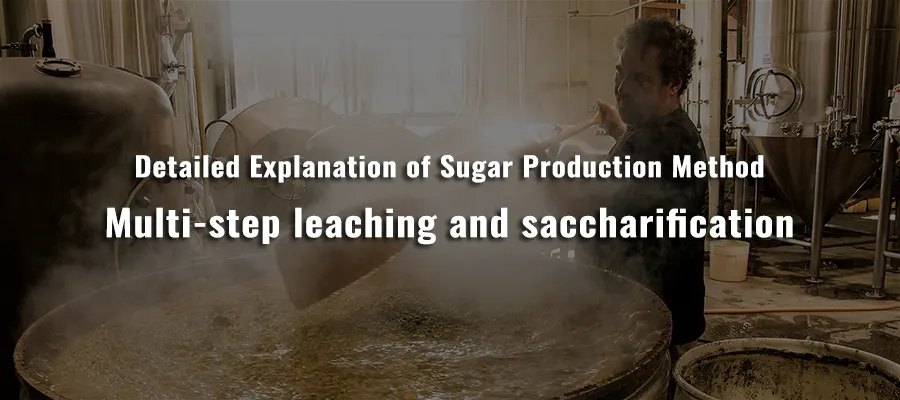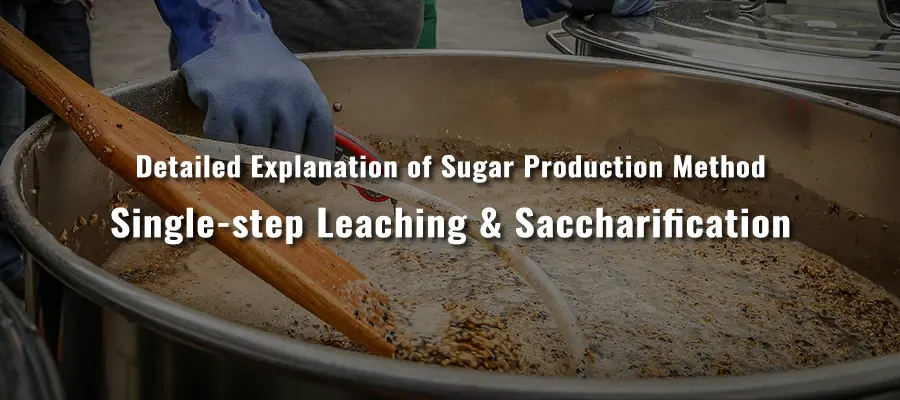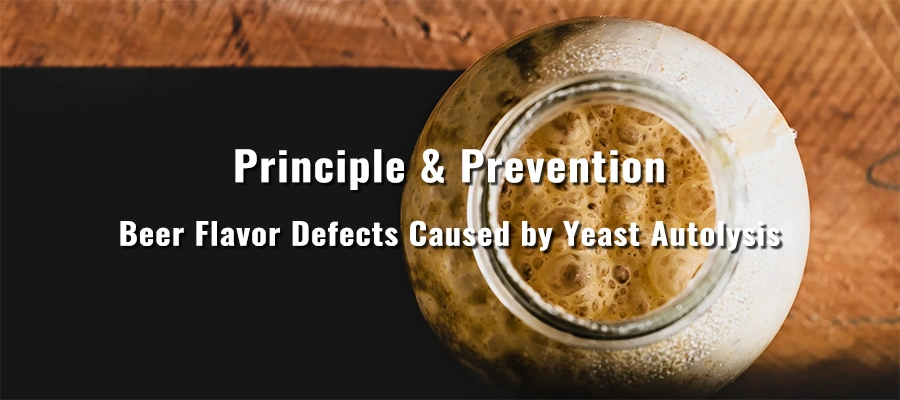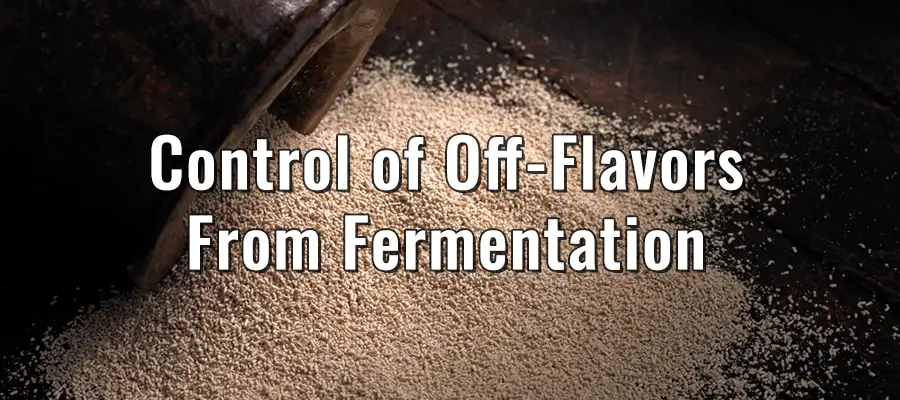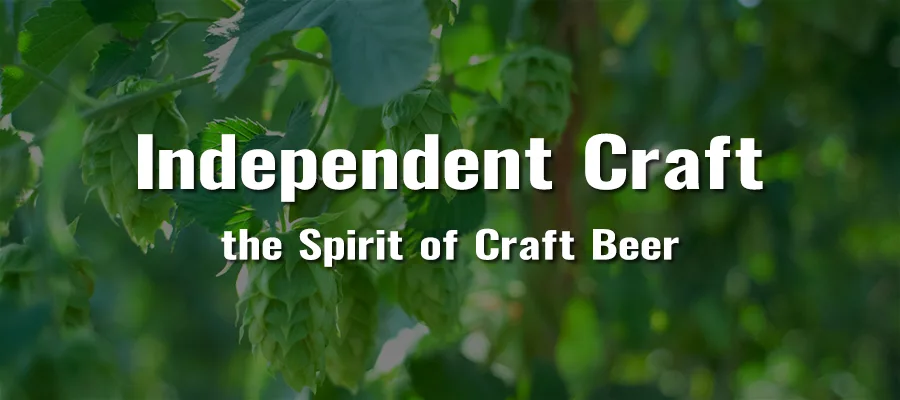Different brewery scales use different heating methods. If your brewery is 5HL (4.25BBL) or below, in most cases, electric is your best choice. This is because breweries of this scale are generally located in residential areas. If you open a brewery in a residential area, then the only thing you need to be concern about is the steam from the electric kettle, because no steam boiler or open flame is involved.
Small Batch Brewery Equipment
Bigger is not always better. Small Batch System can brew any style/type of beer you want.
Micro Craft Brewery Equipment
Because craft breweries are small, they have more room to innovate than commercial breweries.
Commercial brewery equipment
The value there for us is not only do you have the engineering capability, but the brewing knowledge behind that…





